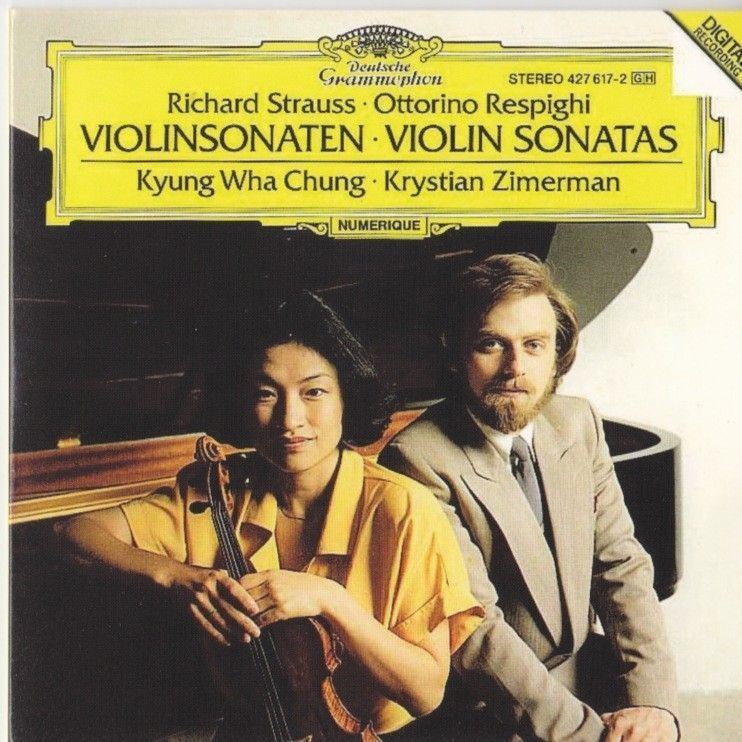Release date 1989 | Label Deutsche Grammophon | |
 | ||
Artists Richard Strauss, Kyung Wha Chung, Krystian Zimerman People also search for Violin concerto, Don Quixote | ||
Robert schumann violin sonata no 3 woo 2 1853
A violin sonata is a musical composition for violin accompanied by a keyboard instrument and in earlier periods with a bass instrument doubling the keyboard bass line. The violin sonata developed from a simple baroque form with no fixed format to a standardised and complex classical form. Since the romantic age some composers have pushed the boundaries of both the classical format as well as the use of the instruments.
Contents
- Robert schumann violin sonata no 3 woo 2 1853
- Robert schumann violin sonata no 2 op 121 1851
- The early violin sonata
- The classical sonata form
- The modern violin sonata
- Songs
- References
Robert schumann violin sonata no 2 op 121 1851
The early violin sonata
In the earliest violin sonatas a bass instrument and the harpsichord played a simple bass line (continuo) with the harpsichord doubling the bass line and fixed chords while the violin played independently. The music was contrapuntal with no fixed format. Georg Philipp Telemann wrote many such sonatas as did Johann Sebastian Bach. Bach later wrote sonatas with harpsichord obbligato, which freed the keyboard instrument from playing only a bass line accompaniment.
The classical sonata form
Mozart was instrumental in the development of the classical violin sonata of which at least 36 are known. Mozart wrote mostly two movement sonatas, generally a fast movement in sonata form and a second, slower movement in various formats. In his later sonatas he added a third fast movement in various formats. Several of his violin sonatas feature a movement in theme and variation format.
Beethoven wrote ten violin sonatas throughout his composing career. His sonatas matured in both style and complexity; the Ninth (Kreutzer) Sonata is a work of extreme contrasts. A rendition typically lasts forty minutes and is very demanding on both players.
The modern violin sonata
Schnittke with his polystylistic technique, Ausbruck and Takemitsu (with his melodic motifs) are noted modern composers of the violin sonata who have all brought about radical reformation of the classical sonata form as well as new technical demands on the performers.
Songs
1Sonata for Violin and Piano in E-flat - op 18: I Allegro ma non troppo10:48
2Sonata for Violin and Piano in E-flat major - op 18: II Improvisation Andante cantabile8:23
3Sonata for Violin and Piano in E-flat - op 18: III Finale (Andante-Allegro)8:17
